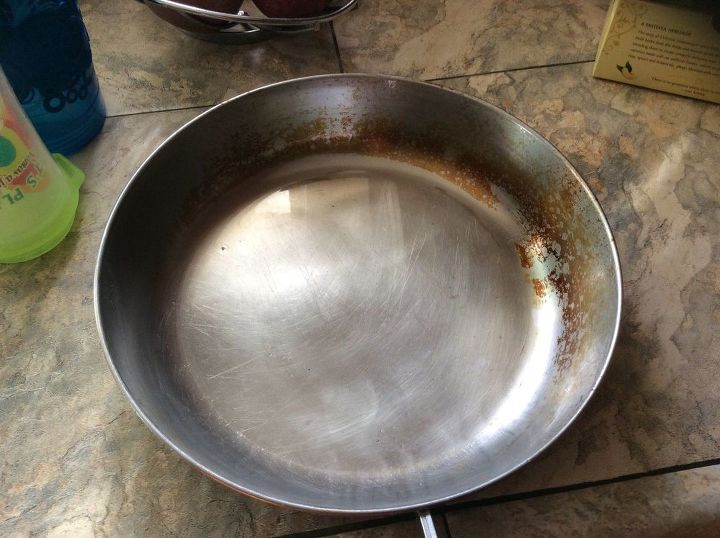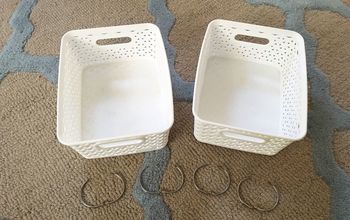Does anyone know of a solution to keep moss off roofs?

Related Discussions
How to clean a mirror without streaks?
Every time I clean my mirrors, they end up having tons of streaks and almost look worse than before I started. What could I use to clean them that won't leave streaks... See more
How to clean burns on stainless steel pans?
Help! I burned my pan. How do I clean stainless steel cookware that's been burned?
How to clean hardwood floors in the kitchen?
What is the best way to clean hardwood floors in the kitchen?
How to clean my kitchen cabinets from grease?
My kitchen cabinets are embarrassingly greasy. Please share your degreasing tips with me so I don't have to cringe every time I glance at my cabinets.
Anyone know how to get black soot off painted walls? Tried using a cleaning solution w/ water and it made more of a mess
Does anyone know how to remove rust spots from a bathroom counter?
Thanks, Hometalkers!


Trim the trees to let more sun through
Rosalyn, I am posting a link below that deals with just about everything that has anything to do with roofs. I sure do hope this helps you. Thanks for coming to Hometalk for help :) Good Luck! (oh - scroll down about halfway on the page linked below to a pic of a man sitting on a roof and a title that says HOW TO KILL MOSS ... that's where the information you want begins)
https://www.roofpedia.com/removing-moss-on-roofs/
and here are 2 videos that will help prevent it from coming back again:
https://www.thisoldhouse.com/how-to/preventing-roof-moss-zinc-strips
https://www.youtube.com/watch?v=u2OzWUi14p8
Here in Oregon where rain and moss are really common, we use Lilly Miller Moss Out. Most folks get the paper can of it and sprinkle on their roofs annually. But it also comes in a bottle that attaches to the hose, I used it for the lawn, but you could also spray it on the roof.
There is also Wet and Forget which I have not used, but it gets great reviews.
The black mold-like stains and streaks that appear on roofs, particularly light-colored asphalt shingles, is actually a blue-green algae (Gloeocapsa magma). Commonly found in climates with warm, humid summers, it does no damage to the roofing, but it certainly does looks bad.
The less expensive solution is to spray wash the roof with a 50 percent mix of water and bleach to get rid of the algae. (No pressure washers, please. They're likely to damage the shingles.) Just be sure to wet your foundation plantings first, and rinse everything in clean water when you're done. Plants don't like bleach, and wetting them with plain water first protects them. You can also cover them with tarps or plastic sheeting, which will protect the soil around your plants as well. Make sure that you create a wide radius around your home to be safe.
Allow the solution to soak into the shingles for at least 15 minutes. If they are severely molded, you may want to give it a little longer. Next, rinse the shingles thoroughly with a garden hose at low pressure. Start from the top shingle and rinse downward to prevent water seepage.
To keep the algae from coming back, insert 6-inch-wide strips of zinc or copper under the row of shingling closest to the roof peak, leaving an inch or two of the lower edge exposed to the weather. That way whenever it rains, some of the metal molecules will wash down the roof and kill any algae trying to regain a foothold on your shingles.
You can probably see this same principle working on roofs in your neighborhood. Look for chimneys with copper flashing; the areas directly below the flashing will be free of any algae stains.
The strips also work on roofs suffering from moss buildup. Just scrub it off first with a brush, then bleach as above.